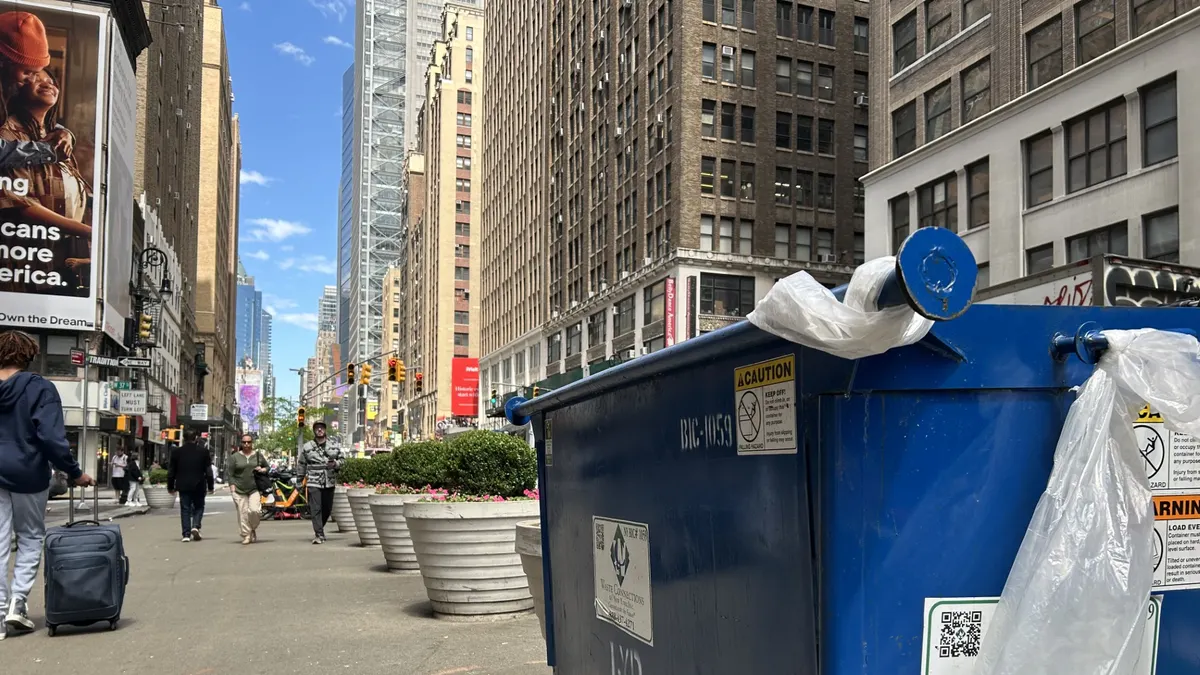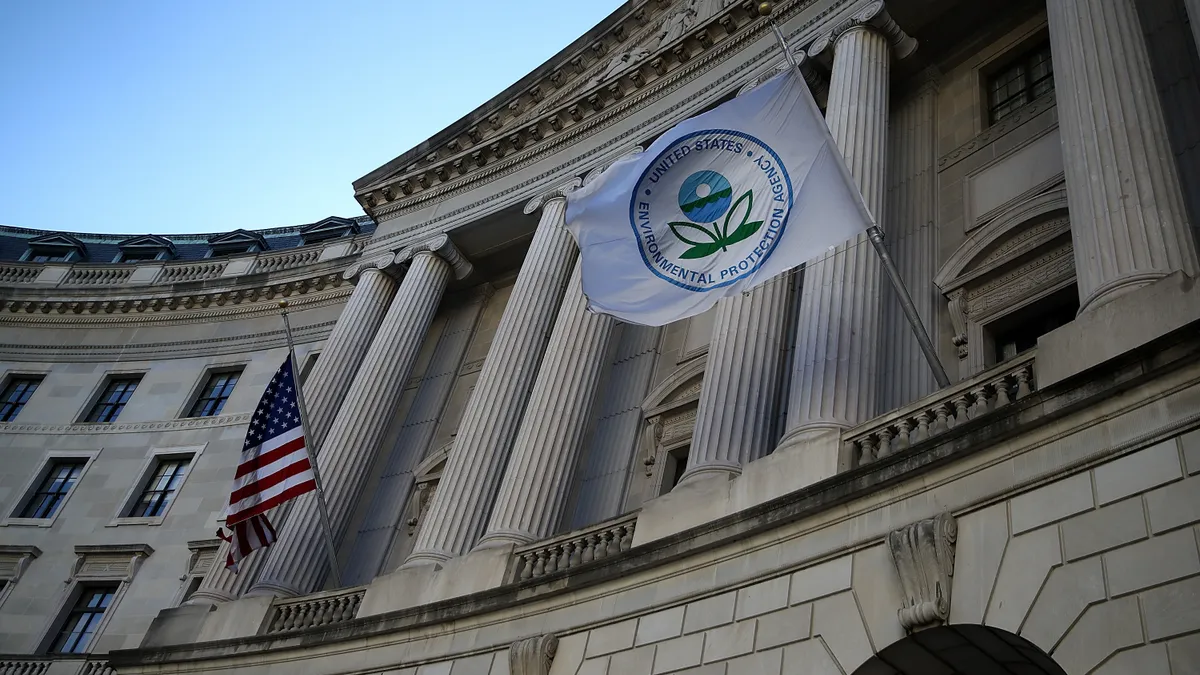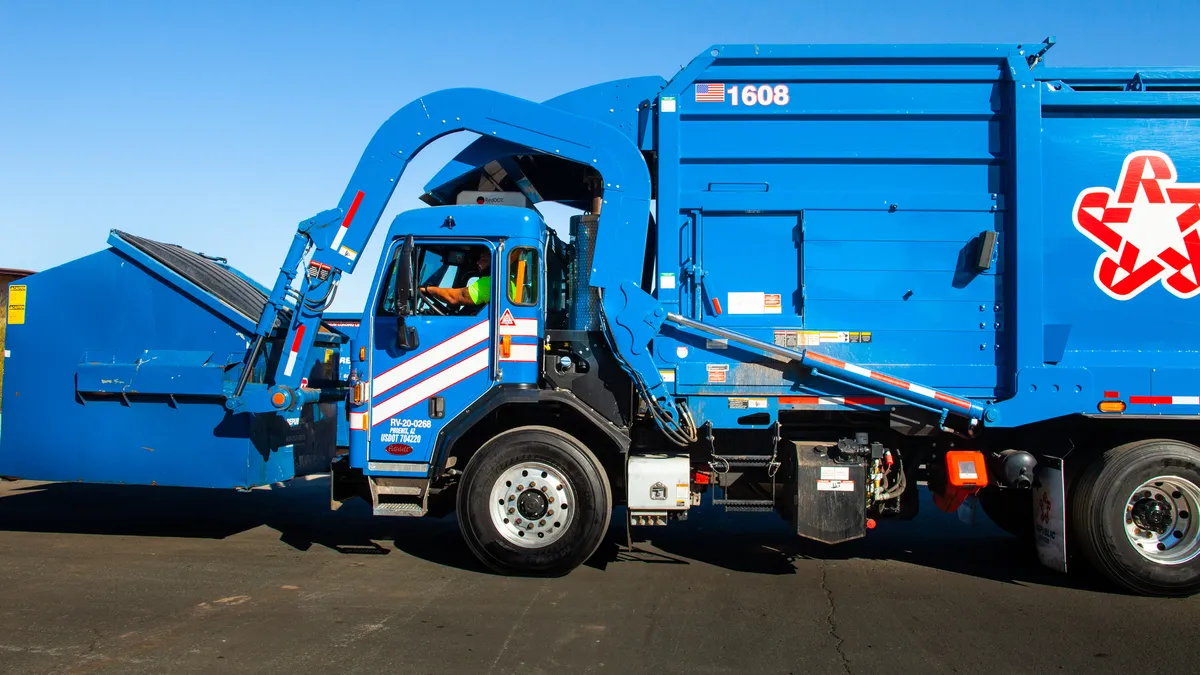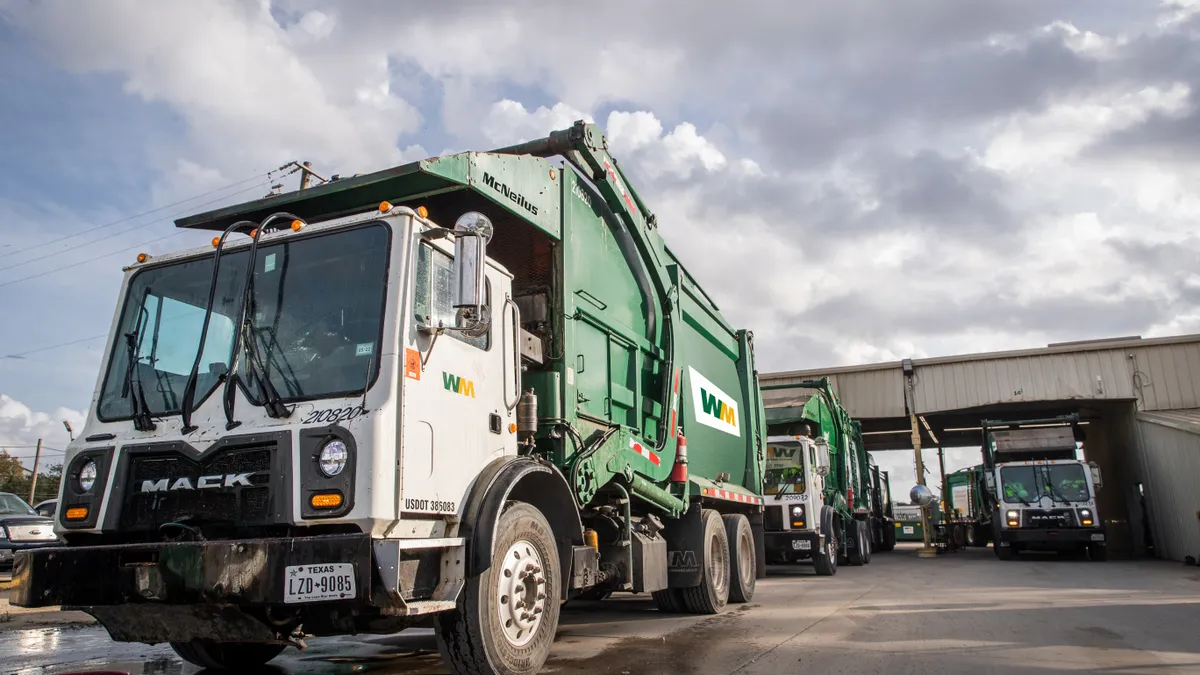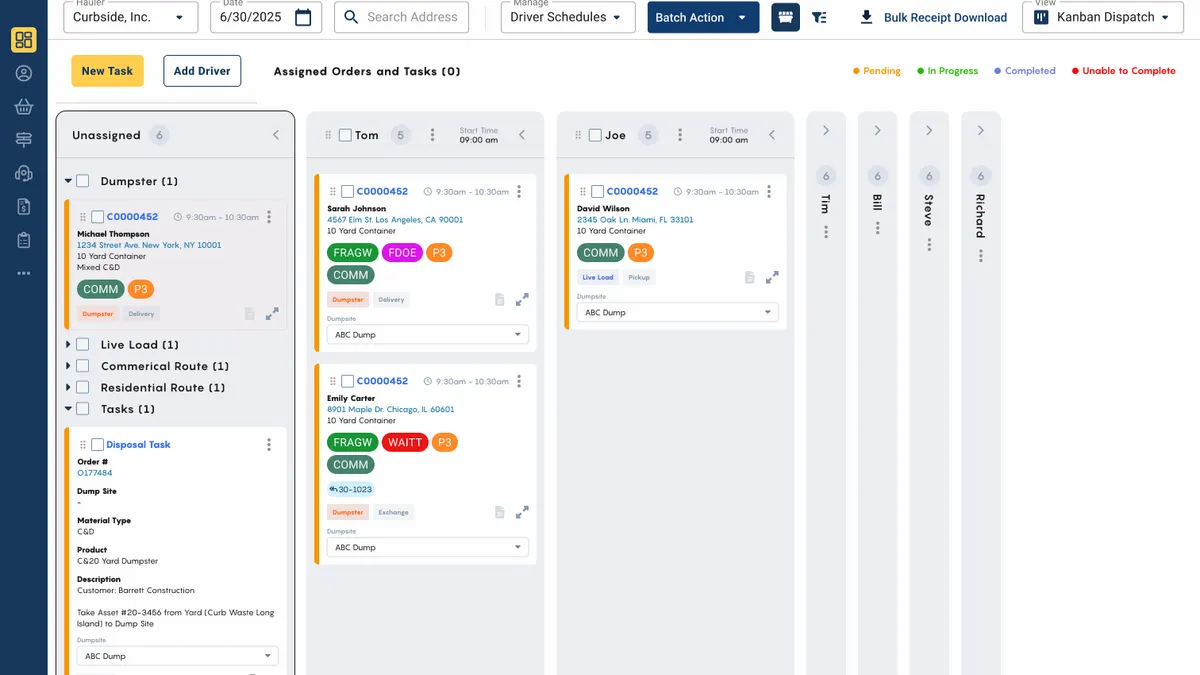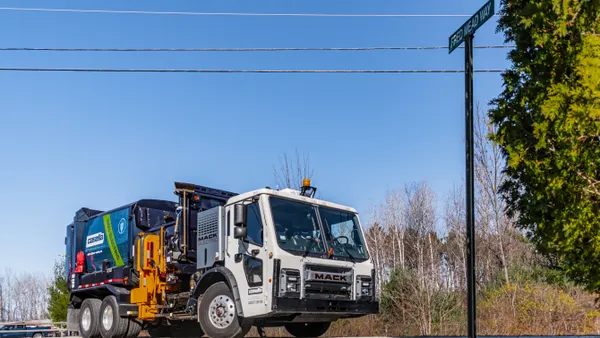Editor's Note: The following is a contributed piece. More information on what that entails, and how you can submit one, is available here.
We know that we are facing a facility fire problem in the waste and recycling industry. I would even characterize it as an epidemic.
I'm willing to bet that those reading this article have either personally suppressed an incipient fire, or known someone else who has. For 2018, there were 365 reported fires in the U.S. and Canada. The actual number of fires is estimated to be six times that.
These fires occur not only in our MSW facilities, but at our scrap metal, C&D, paper, plastic, chemical and organics recycling operations. They're caused by a list of fire hazards including, but not limited to, lithium-ion batteries, pressurized tanks/containers, fuels, fertilizers, propane tanks, aerosols and more. Many are caught during their very early stages, but the real issue is the ones that get big enough for local news coverage.
Most of these incidents have incurred significant damage and operational downtime. When they reach that level, fires must be handled by our local firefighting professionals — but there are a few rare cases where internal brigades have successfully fought it on their own. Whether you define it as a brigade per OSHA or National Fire Prevention Association standards, or just include it as part of basic safety training, it's time to develop a plan of attack for when a fire inevitably occurs inside your operation.
A long night in New Hampshire
A couple years back, I was extremely fortunate to share a fire safety panel with David DeVito at WasteExpo. He was as good as a character in a tall tale — “the guy whose fire brigade saved his operation.” When David got up to the podium to present, he began telling his story of the fire that occurred at the LL&S C&D facility in New Hampshire on September 9, 2016.
He described the timeline of events as follows:
-
The facility was closed at 6 p.m.
-
A local resident noticed the smoke and glow emanating from the facility and called the fire department at 8:30 p.m.
-
The fire department arrived at the scene at 8:45 p.m and classified the incident as a four-alarm fire.
-
The emergency contacts were notified.
-
LL&S established a command center.
-
The LL&S fire response team arrived at 9 p.m.
-
The local fire chief upgraded the fire to a five-alarm.
-
A site assessment was held and completed by the LL&S fire response team and the fire chief to discuss the best course of action.
-
LL&S worked side-by-side along with the fire crews, moving and separating material to extinguish the flames.
-
The fire was contained and under control by 11 p.m.
-
For 13 hours, LL&S crews continued to separate material to search for hot spots using over 800,000 gallons of water.
-
The Fire Chief called “all clear” at 9:30 a.m. the next day.
-
No injuries or damage to collateral buildings were reported. In total, there was one lost day of operations.
David did something that most waste and recycling facilities never have: he'd developed and deployed a working fire response team, meaning there was an organized group of employees who were knowledgeable, trained and skilled in – at minimum – basic firefighting operations. The difference between David and most others? David was prepared and had trained for a fire incident. During his speech, he highlighted a quote attributed to Benjamin Franklin: “By failing to prepare, you are preparing to fail!”
A model action plan
David successfully saved the LL&S facility that night by developing a plan consisting of the following aspects:
Fire Action Plan
-
Emergency contact list at local police and fire departments.
-
Coordinated contingency planning walkthroughs with the local fire department.
-
Fire separation and accessibility.
-
Health, safety and environmental procedures and controls.
-
Training for employees, including locally-based employees who could be on call for quick response.
-
Healthy combination of the right fire technology and equipment.
Emergency Contact Plan
-
Police and fire should have more than one contact number in the event someone is unreachable.
-
Local employees for quick response should be on call for accurate and up to date information.
Contingency Planning
-
Site walkthrough with local fire chief to access hazards and important equipment and instructions. Having a great relationship with your local fire department will ensure its confidence in your team's competency.
-
Site plan that marks hydrants and other water sources.
-
Understanding of materials and piles.
-
Foam agents and equipment on site to assist.
Pile Separation & Accessibility
-
Open lanes between piles.
-
Multiple attack points.
-
Open workable spaces.
-
Equipment parked away from piles.
-
Combustible tanks clearly marked and kept away from piles.
Health and Safety
-
Basic firefighter techniques and prevention.
-
Fire characteristic and stockpile monitoring.
-
Stockpile management and separation of burning materials.
-
Establish a command center.
-
Air monitoring equipment should be worn by all those in the affected area.
-
Attack piles from an upwind position if possible.
-
When visibility is very low, use of radios for communication is key.
-
Areas will become flooded and impassable.
-
Control sediment and water run off by damming up drainage areas.
Planning ahead
Even the best operators can't completely eliminate their risk of fire. No matter the cause or the risk, the ones that I see with the best success during an incident have a plan. Was David’s approach the only one out there? Absolutely not. But the mere fact that he planned, trained and educated his team of employees to be aware and prepared as a fire brigade allowed for a positive outcome in the case of LL&S.
If you ask David, he will fully admit there was luck on his side. He had a well-organized facility. He stressed pile separation as well as separation from the adjacent buildings. He had a plan for getting his employees on-site quickly. He had a great relationship with his local fire department. He had invested in the proper safety and communications equipment. Most importantly, he had time on his side and a plan of attack. As David will tell you, “Response time is the difference between control and chaos!”
When I asked David what changes he would make if he had to do it all over again, he said, “I would take advantage of the early detection and suppression technologies on the market in order to avoid the need for such a coordinated, stress-filled incident with the percentage of a positive outcome limited.”
It's never too soon to start developing your fire safety plan. If you don't have the experience in-house, engage a fire safety consultant, a fire engineer or the local fire department. Investigate and do your due diligence on the fire equipment and technology options on the market, whether it's Fire Rover's technology, a deluge system or a traditional suppression system.
Think outside the box; don't settle for just doing what is required according to building code. Even insurance companies might not require a comprehensive fire plan — but they will appreciate it during their risk evaluations. And even more important than crafting the plan is the execution. Nothing is worse than a perfectly developed plan that never sees the light of day!
Ryan Fogelman is vice president of strategic partnerships for Fire Rover. He has been compiling monthly reports on waste and recycling facility fires in North America since 2016, along with the "Waste & Recycling Facility Fire Annual Report.” He speaks regularly on solutions to the fire problem facing the industry.





